The Italian writer Fabrizio Caramagna, internationally renowned expert of aphorisms and passionate researcher of wonders refers, in one of his anthologies, to art as “the unexpected meeting of shapes, colours and spaces that previously ignored each other”.
Art becomes, therefore, a mixture of compositional and chromatic dimensions that never met before. Together they are able to influence the mind of the observer who becomes aware of new internal and external perceptive ways.
In one modern view of art, the artwork’s beauty is strictly related to the beauty of the exhibition space in which it is displayed. This space needs to have it’s own sophisticated aesthetic and yet be able to enhance any artwork on display. In order to create an environment that meets all these requirements, it is therefore important to focus on the sourcing and use of specific construction materials which are able to combine sophisticated design with long-lasting durability, capable of withstanding extreme climatic conditions or heavy foot traffic generated by a considerable daily influx of visitors.
Ideal Work’s materials, such as the “brutalist” microcement of Microtopping and Nuvolato Architop, the elegant terrazzo floor Lixio+ and traditional finishes available through stamped surfaces are the ideal candidates for this purpose. You can see the successful outcome of their use in several examples of applications in a number of sophisticated museums all over Europe.
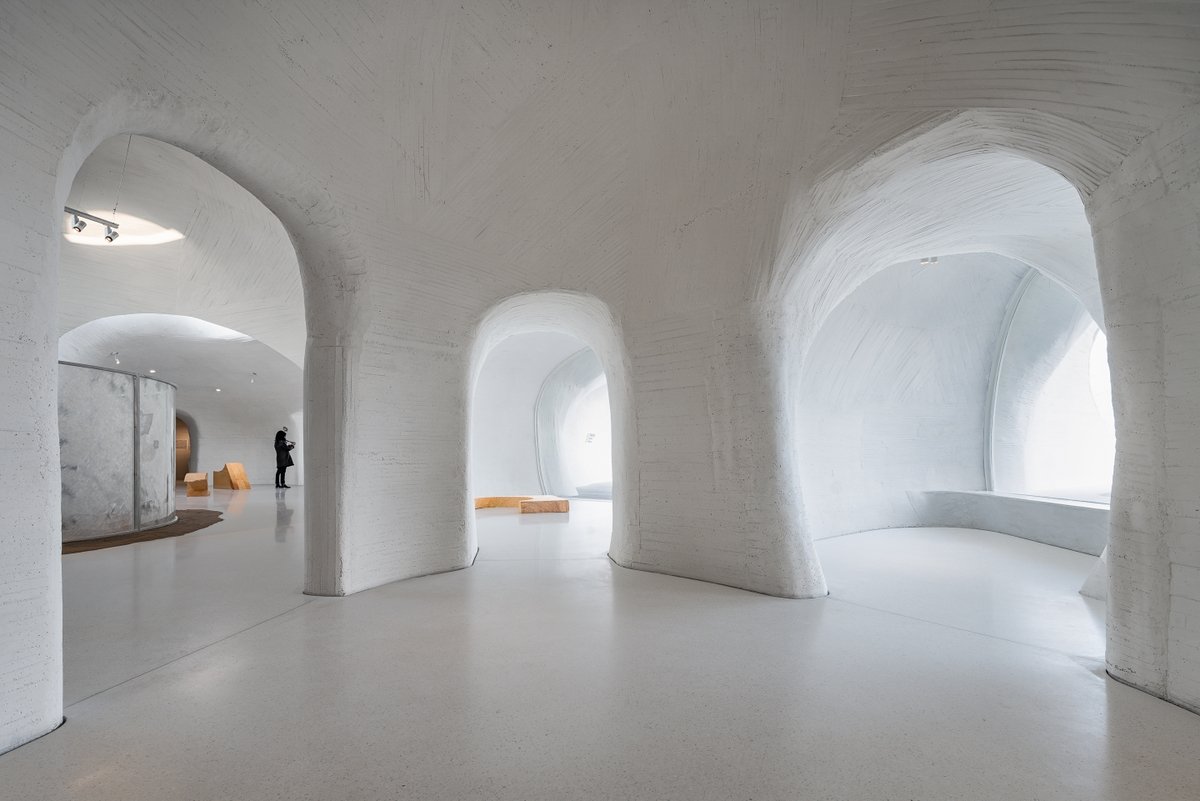
UCCA Dune Art Museum
Date: 2018
Designer: OPEN Architecture
Principals in Charge: LI Hu, HUANG Wenjing
Where: Qinhuangdao, China
Microtopping, Nuvolato Architop, Lixio+
This recent museum complex, built amongst the dunes of the northern coast of China, has a style that recalls both the caves of primitive men and the sand sculptures created by children on the beach. Inside, there are three different surfaces: the silken Microtopping for the restaurant and outdoor areas, dynamic Nuvolato Architop for the internal balcony and sophisticated Lixio+ for the floor of the gallery, reception and cafe.

Tirpitz Museum
Date: 2017
Designer: BIG | Bjarke Ingels Group
Where: Blåvand, Denmark
Gestempeld Beton
Created from a 1944 war fort hidden within the nature of northern Denmark, this museum offers its visitors a truly unique experience where the building’s history meets the modernity of the materials used for its renovation. Stamped Wall, in particular, gives an attractive look to vertical surfaces including columns and panels, recreating the effect of time-worn cement.
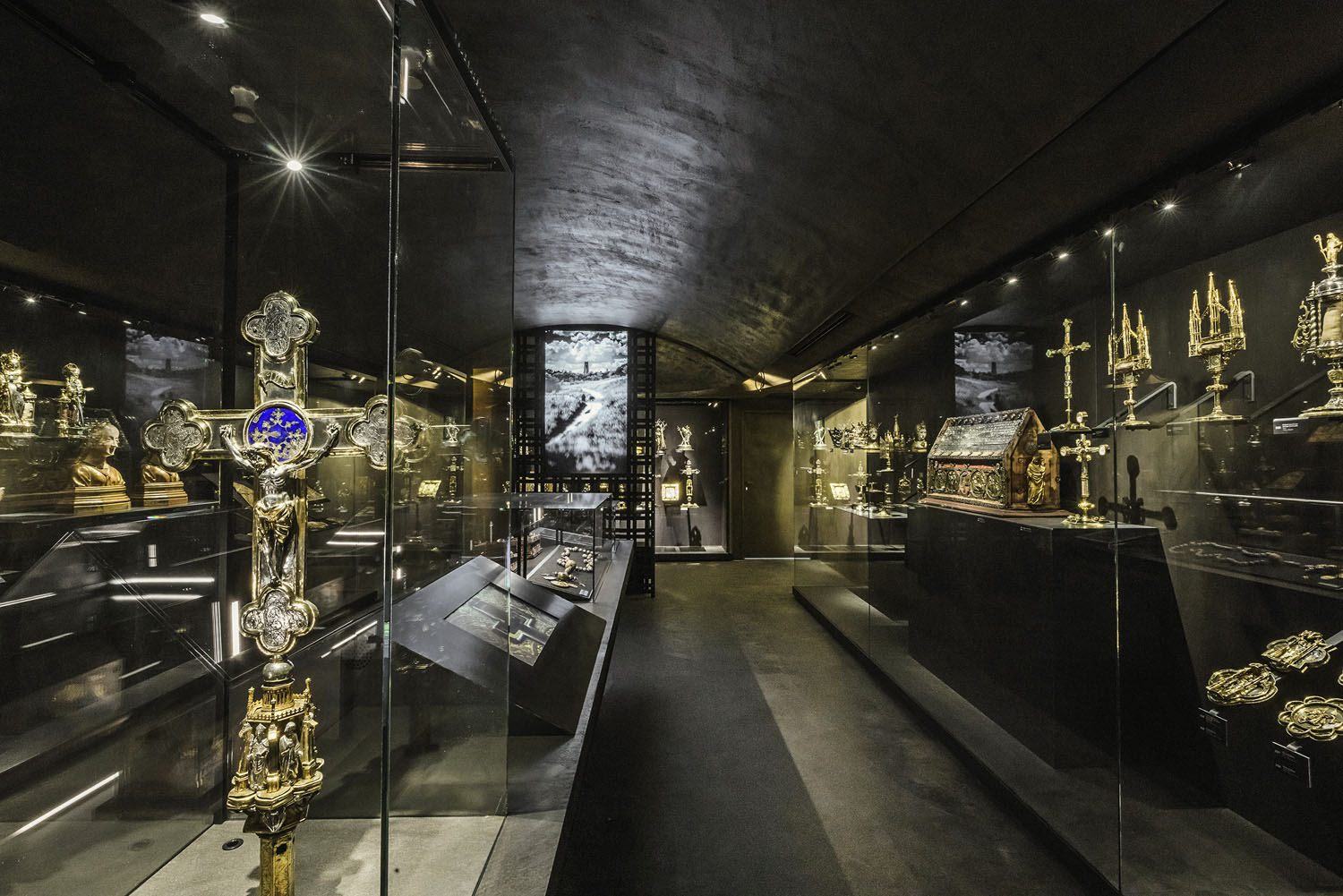
Teseum Museum in Tongeren
Date: 2016
Where: Tongeren, Belgium
Designer: Michel Janssen studio
Microtopping
Teseum is Tongeren Cathedral’s museum, one of Belgium’s most majestic churches. Inside are the jewels of the greatest religious art collection from the VI to the XX century. To better enhance the exhibited items, Microtopping minimalist microcement with its seamless and absolutely natural look has been used to cover the walls and corridors.
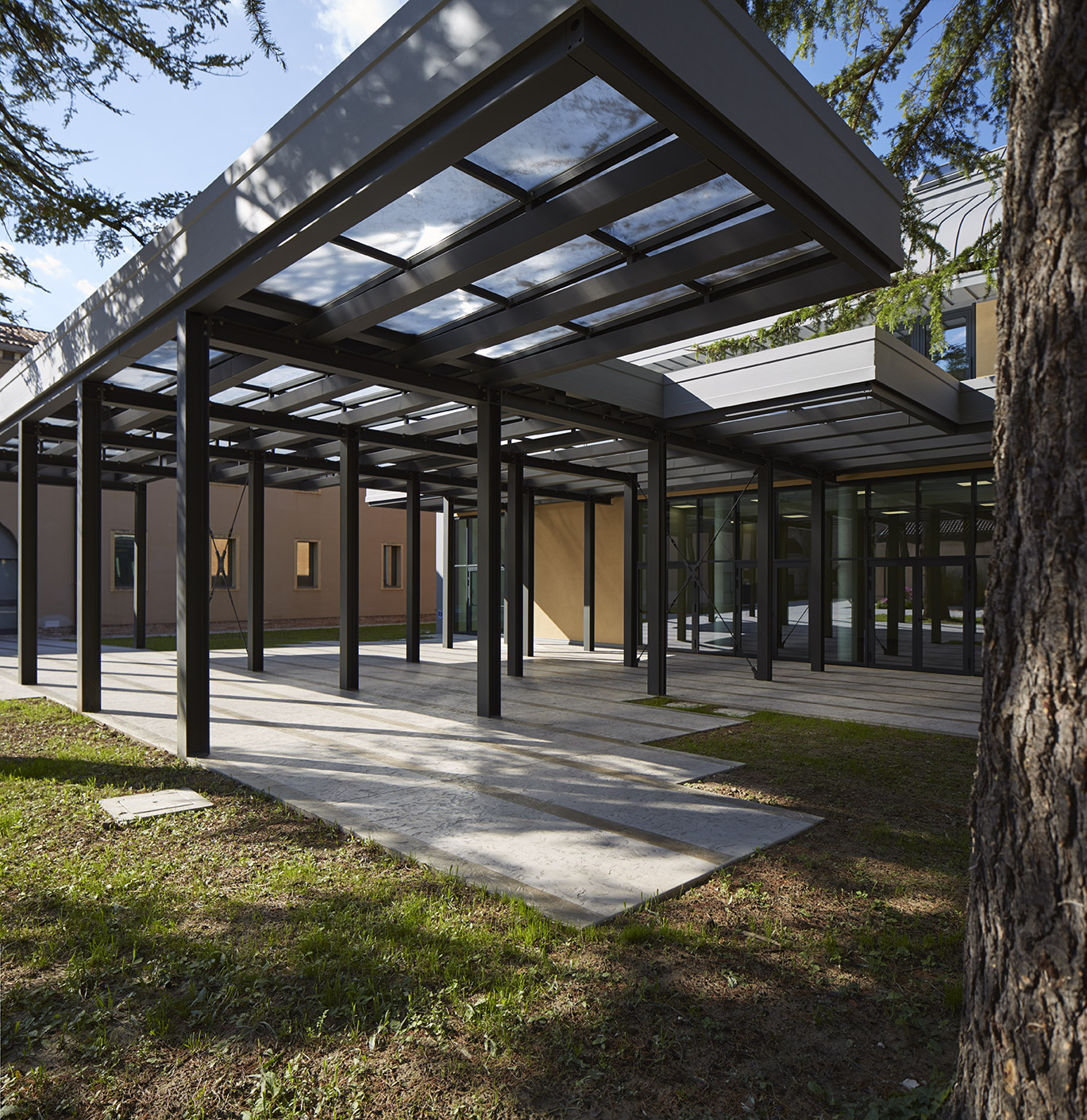
Civic Museum of the Eremitani
Date: 2016
Where: Padua, Italy
Gestempeld Beton
The most ancient museum complex of Veneto has recently been expanded with a new building and the restoration of the external area where some green spaces intersect with several walkways and a patio made of Ideal Work’s Stamped Concrete. This surface reproduces the look of stone and perfectly unites the original architectural context with the new.
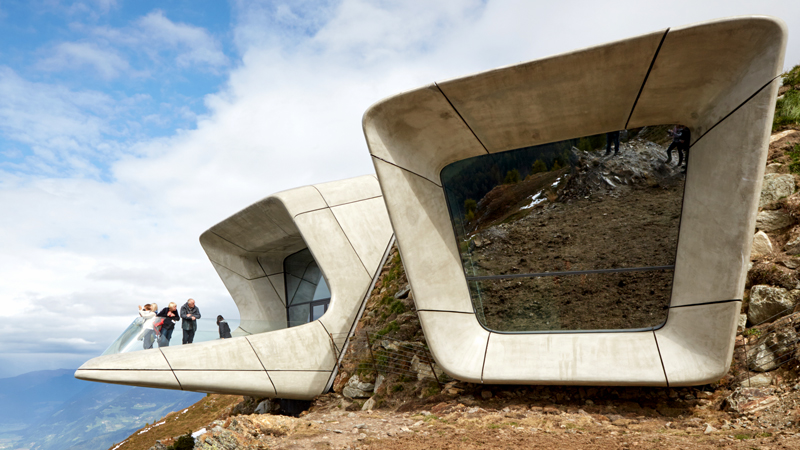
Messner Mountain Museum
Date: 2015
Where: Plan de Corones, Italy
Designer: Arch. Zaha Hadid
Nuvolato Architop
This unique museum dedicated to alpinism has been built on the top of Mount Plan de Corones, at an altitude of over 2.200 metres, in the heart of the South Tyrolean Dolomites. Rock-coloured concrete has been used for the futurist-looking exterior and Nuvolato Architop exposed concrete for the restoration of the interior. Both the surfaces have then been further treated to increase their durability and reduce maintenance frequency.
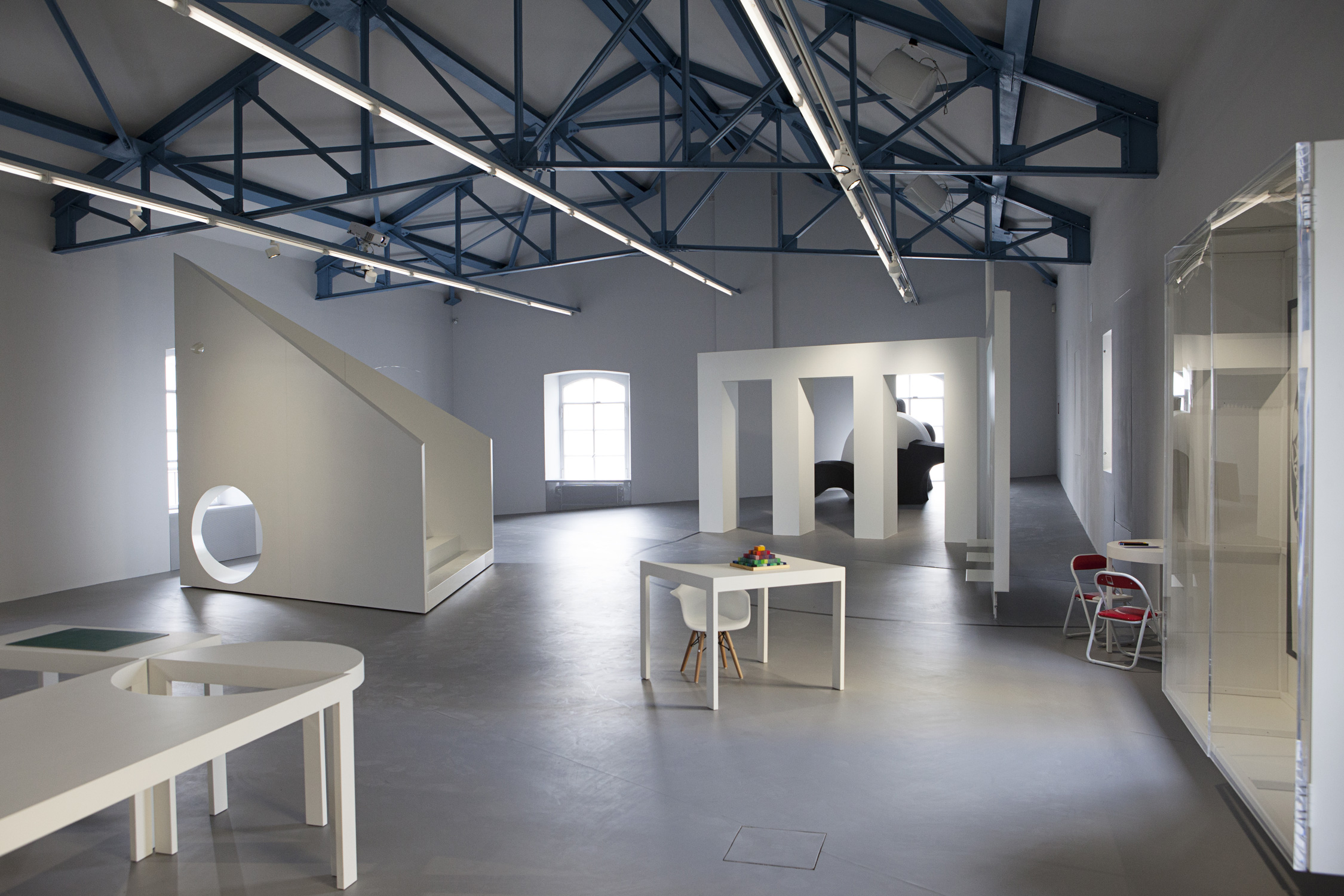
Prada Foundation Milan
Date: 2015
where: Milano, Italy
Designer: OMA Architect studio
Nuvolato Architop
In this great restoration project of industrial buildings from the early XX century, accompanied by new structures which together create one of the most important museums of the Italian metropolis, Architop has been used to cover the surfaces of the golden tower’s rooms and the slabs of the original parts.
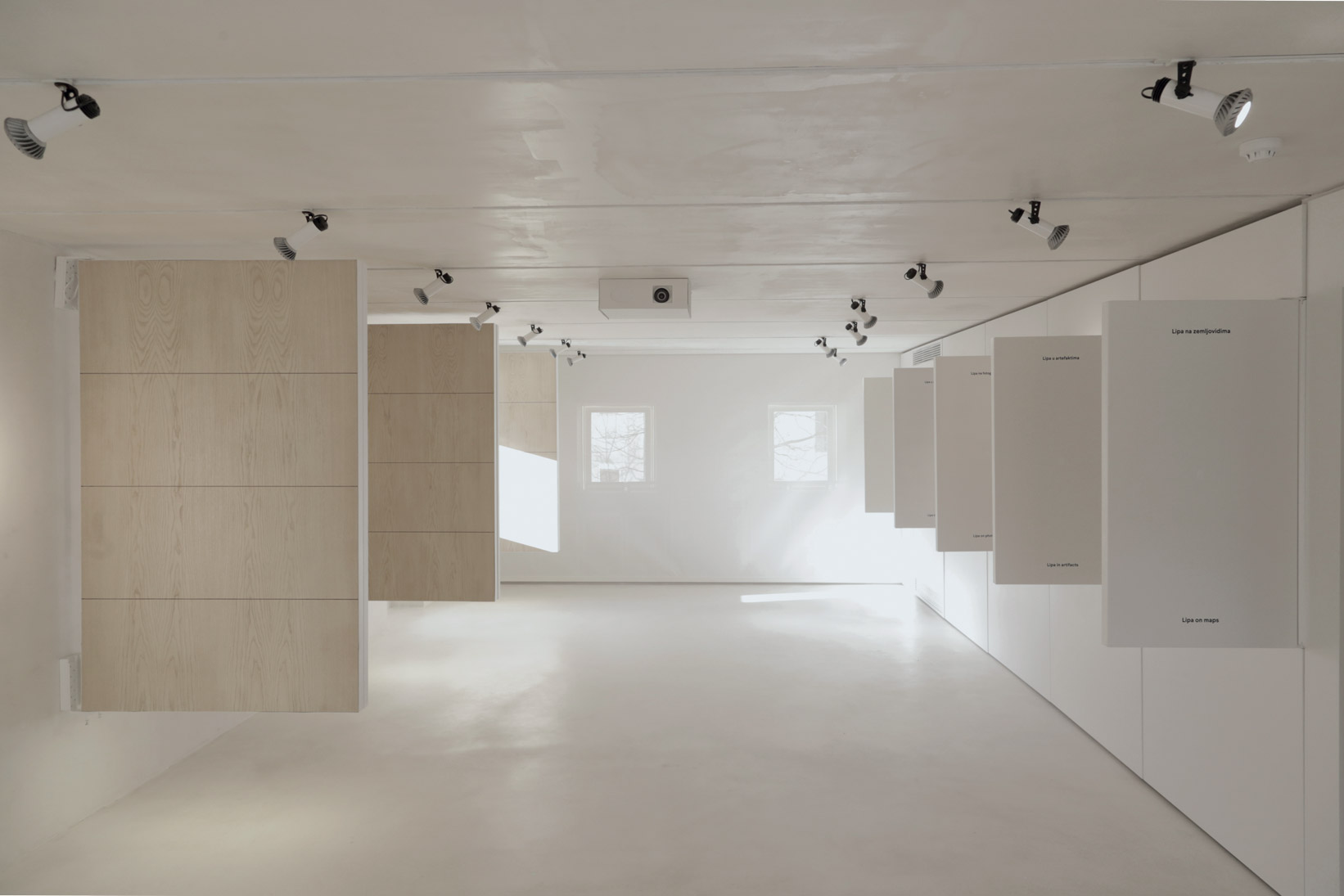
Lipa Pamti Memorial Centre
Date: 2015
Designer: Arch. Gamulin & Sevsek
Where: Lipa, Croatia
Microtopping
The museum dedicated to the memory of the Second World War in the Liburian Kras area has been built on the remains of the former museum, active in Lipa from 1968 to 1989, in memory of the city fire set by the nazi troops on April 30th 1944. Inside, Microtopping has been used to create a white, seamless surface that perfectly matches the light shades of the other materials.
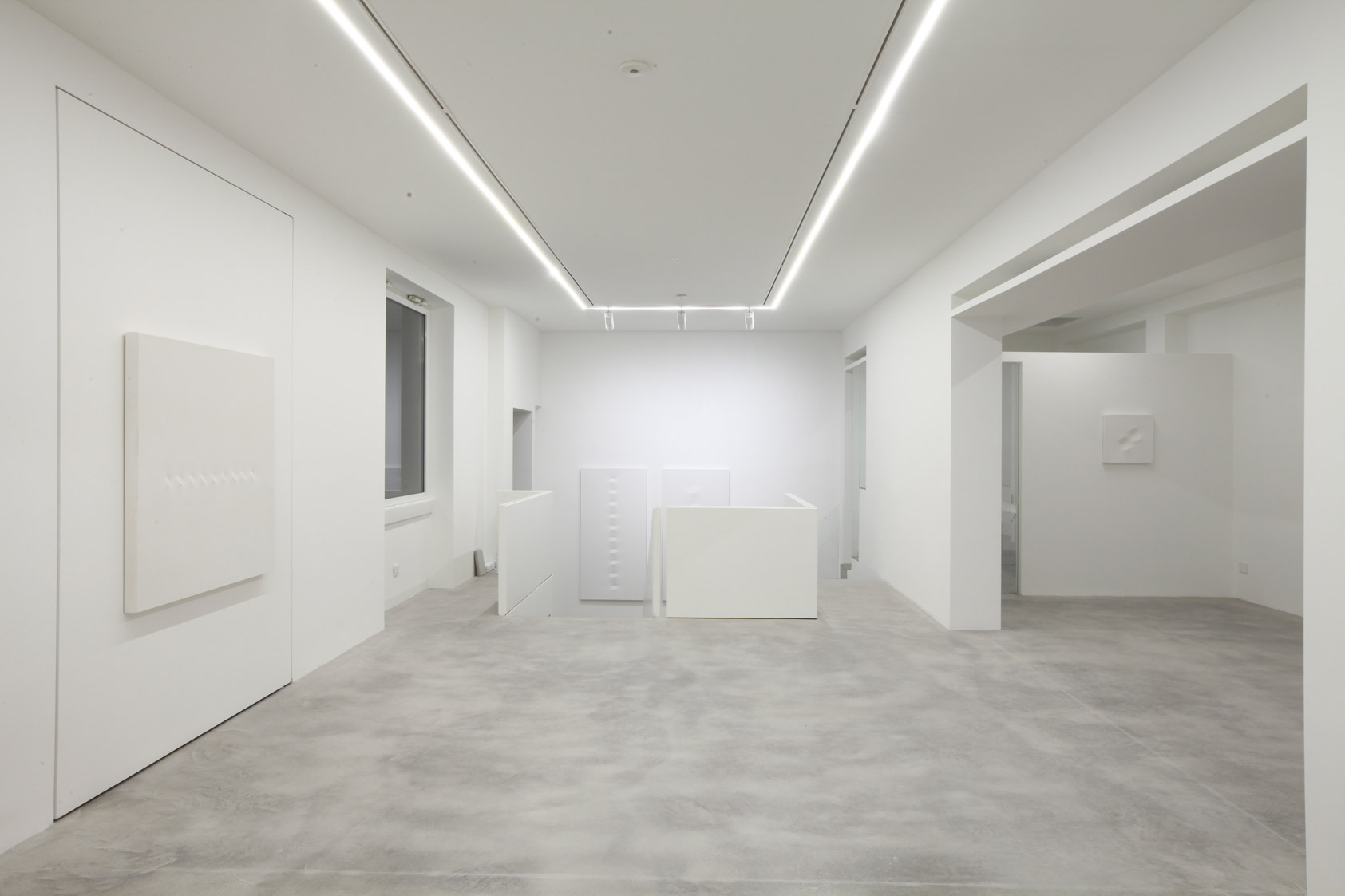
Dep Art Gallery in Milan
Date: 2015
Designer: Arch. Stefano Dedè
Where: Milano, Italy
Nuvolato Architop
This renowned contemporary art gallery, located in a former school of over 300 m2, was founded by the economist Antonio Addamiano, who wanted to transform his passion for art into an institution for the organisation of both Italian and international public events. The gallery’s minimalist environment is characterised by white walls and industrial concrete floors: the best combination to make the artworks on display stand out.
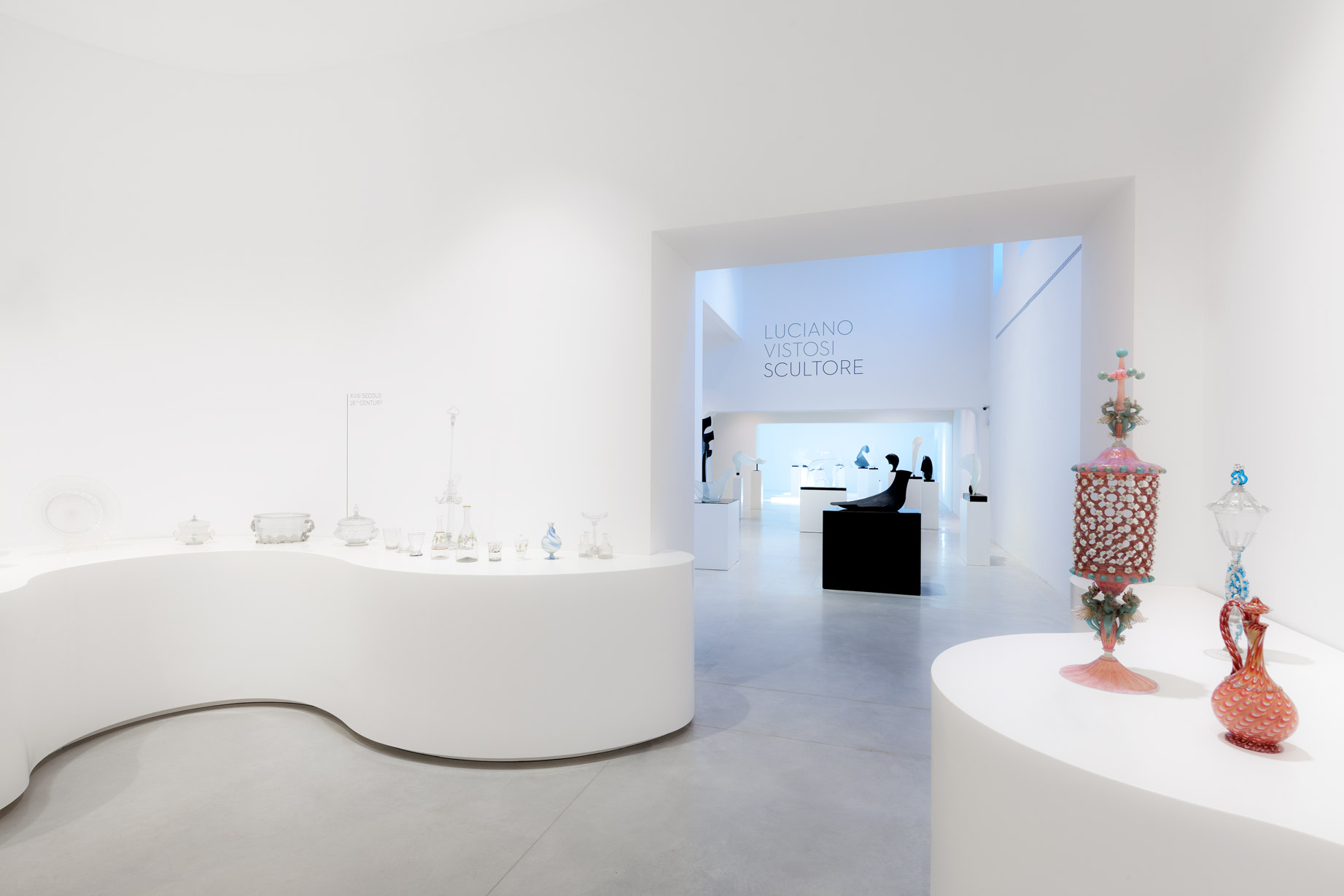
Murano Glass Museum
Date: 2015
Where: Murano, Italy
Designer: Technical offices of Venice Civic Museums Foundation
Nuvolato Architop
Architop was chosen as the perfect system to renovate a confined space in the historic architecture of Murano’s glass museum, located on Murano Island in the Venice lagoon. With a thickness of just 3 millimetres, Architop allows the renovation of any pre-existing floors and walls whilst giving the space a new brightness coupled with high resistance to freezing, chemical agents and abrasion.